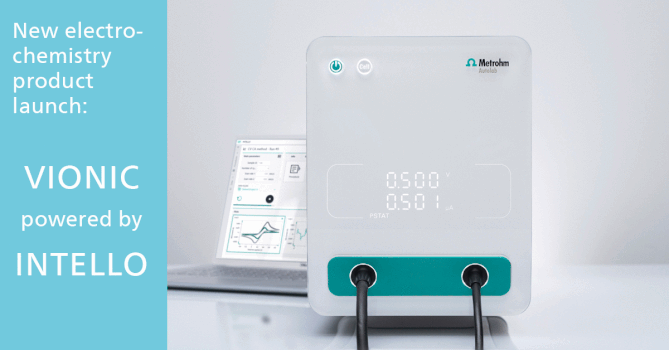Technologies in Second-generation Biofuel Production
Abstract
In the EU, the traffic sector is the second-largest in the amount of produced green-house gases (GHG) after the energy sector. One of the ways of reducing this production is to substitute fossil fuels by biofuels, in particular second-generation biofuels. The latter are produced from cellulosic materials, which show a more favourable GHG balance. Cellulose ethanol could produce less CO2 by 75 90 % than normal petrol, whereas ethanol from wheat, corn or sugar beet reduces the CO2 amount by 30 50 %. The Fischer-Tropsch diesel could slash CO2 emissions by 90 %, compared with 50 % for currently available biodiesels which are made from rapeseed oil. Production of second-generation biofuels does not compete with food production, as it is able to use a wider range of biomass feedstock (wood, leaves, tree bark, straw or woodchips). Moreover, the quality of second-generation biofuels is better than that of first-generation biofuels.Downloads
Published
2010-09-15
How to Cite
Hromádko, J., Hromádko, J., Miler, P., Hönig, V., & Cindr, M. (2010). Technologies in Second-generation Biofuel Production. Chemické Listy, 104(8). Retrieved from http://ww.w.chemicke-listy.cz/ojs3/index.php/chemicke-listy/article/view/1272
Issue
Section
Articles




